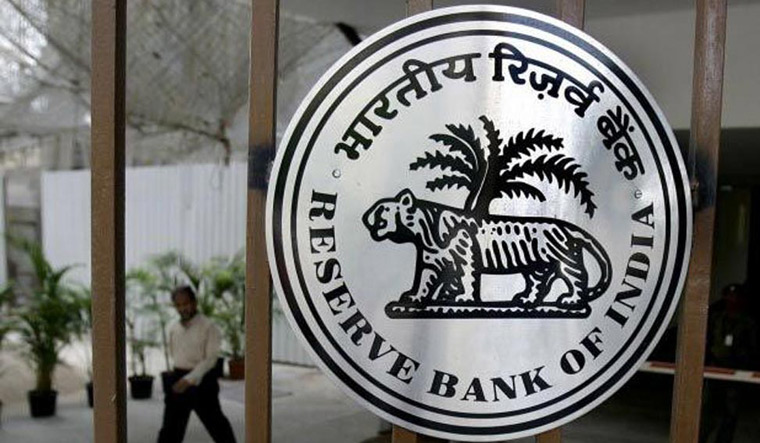In the wake of the huge bad loans in the banking system, the Reserve Bank of India (RBI) deputy governor N.S. Vishwanathan has defended the recent changes introduced to the resolution of stressed assets framework. Stating that it was more outcome-oriented, Vishwanathan said that RBI has left considerable flexibility to banks to determine the process as well as contours of a restructuring plan.
“The Reserve Bank believes that a focused framework for resolution of distressed borrowers which respects and enforces the sanctity of the debt contract is required to make sure that the excesses observed during the last credit cycle are not repeated and we don’t end up in a similar situation few years down the line,” Vishwanathan said.
The RBI in February revised its framework for the resolution of stressed assets, notifying that the existing restructuring tools like the corporate debt restructuring scheme (CDR), strategic debt restructuring scheme (SDR) and scheme for sustainable structuring of stressed assets (S4A) would stand withdrawn with immediate effect.
Another provision that has not gone down well is that in case of accounts worth Rs 2,000 crore or more, including where resolution may have been initiated under any of the existing schemes, a resolution plan would have to be implemented under the Insolvency and Bankruptcy Code 180 days from the date of first such default.
Vishwanathan believes that default in payment should be a “lagging” and not “leading” indicator of financial stress. He said that while the corporate debt restructuring mechanism introduced in 2001 worked initially, in later years, its asset quality forbearance was used more as a tool for avoiding recognition of non-performance of stressed assets, prompting a need to withdraw the scheme and look for alternatives.
India's banking industry is struggling to deal with non-performing assets of around Rs 9 lakh crore and Vishwanathan blames bankers for not making proper use of the tools earlier available for resolving stressed assets.
“The general approach of bankers to stress in large assets has been one of avoiding the de jure recognition of non-performance of such accounts. This is why we have a history of a large number of cases of failed restructuring as the schemes were used for avoiding a downgrade rather than resolving the asset,” he said.
also read
- Kotak Bank's growth plans to take a hit post RBI restrictions on digital channels; shares plunge 11 pc
- RBI bars Kotak Mahindra Bank from onboarding customers online, issuing fresh credit cards
- Extreme weather may pose risk to inflation, says RBI Bulletin
- Banks likely to see slower credit growth in 2024-25
He further pointed out that delaying the true asset quality recognition suited both banks and the borrowers.
“The former could make their books look cleaner than they actually were; the latter could avoid the defaulter tag even while, in fact defaulting... Banks indulged in the proverbial act of extending and pretending,” said Vishwanathan.
Stressed assets resolution under the IBC will now be a comprehensive and time-bound framework for dealing with corporate stress, he added.
In the wake of rising NPAs on the corporate side, many banks, particularly those in the private sector, have focused on expanding their retail loan-book. But Vishwanathan has cautioned banks that there were risks there as well, which needed to be properly assessed, priced and mitigated.
“There appears to be taking hold a herd movement among bankers to grow retail credit and the personal loan segment. This is not a risk-free segment and banks should not see it as the grand panacea for their problem riddled corporate loan book,” he said.
Vishwanathan was addressing students at the convocation ceremony of the National Institute of Bank Management in Pune on Wednesday.


